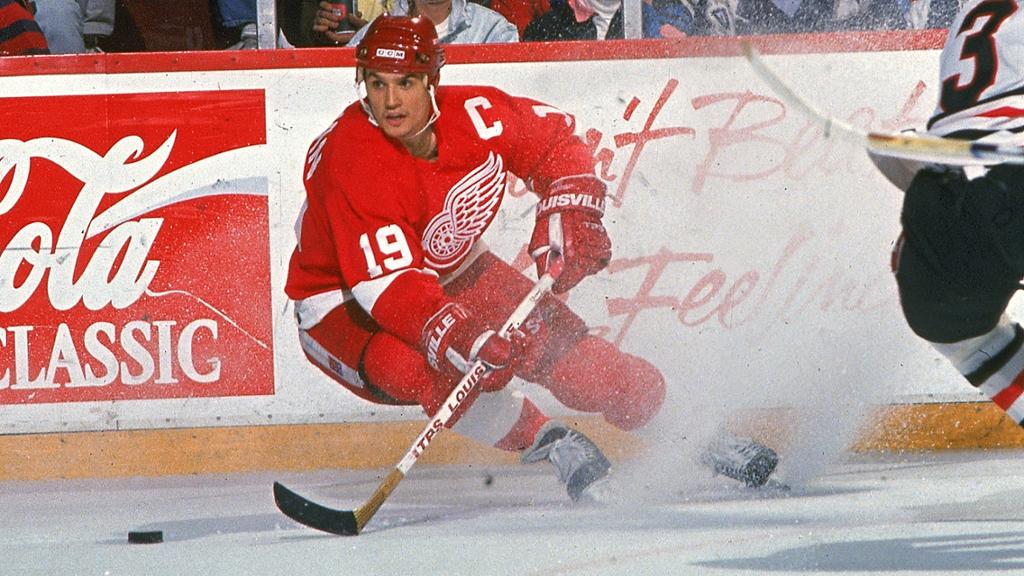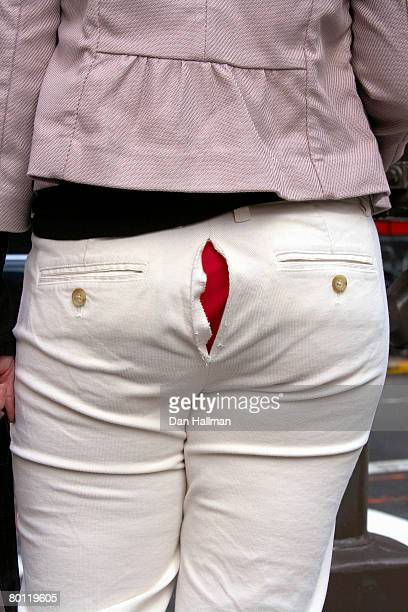Google Buzzed?
“Fall forward fast” is a marketing maxim many have followed with great success. Be bold, be quick, correct as needed. It’s a fist-mover approach and it was good advice back in the day. But the Internet has sped things up a bit don’t you think? Fast today is a lot faster than it was 4 years ago.
Google Buzz was brought to market too fast. Is it correctable? Sure. Will Google take some heat? Sure. Will it recover, sure. That said, I suspect there’s a little tainted blood in the Google bloodstream thanks to this effort and Google needs to take a breath. When you launch a new service and the phrases “opt-out,” “disable,” “sorry,” “feedback” and “critics” become keywords of the coverage you have not done enough homework. Google “google buzz”+”critics” and see what pops up.
Facebook‘s Beacon advertising program wasn’t thoroughly vetted before launch nor was the Google Nexus One, released before back-end customer care issues could be properly handled.
Overdogs.
Did you watch the Superbowl? Which team did you root for? The overdog or the Saints? Overdogs are leaders. They, more than anyone, need to be careful when bringing new services to market. Take a breath. Do some reconnaissance. Let power users spank the brand a bit (“brand spanking” is a great overdog research methodology). Then launch. Too much Starbucks, as Zack de la Rocha might say, “can killa man.” Peace!








